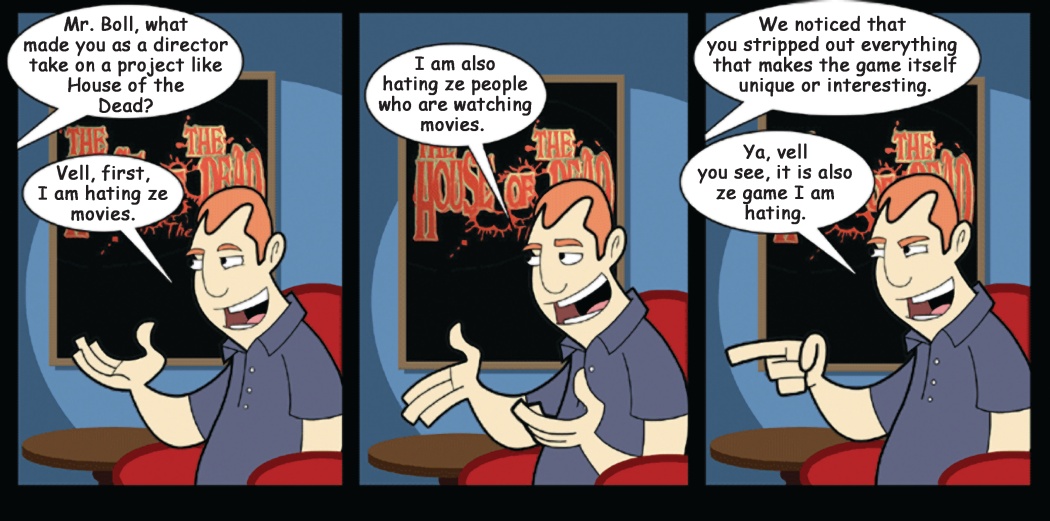The Meta Quest 3 is a really interesting device from a company whose primary footprint on the world is essentially a form of elder abuse. I've had to talk with my mom about a lot of the things she sees on there. Certainly, I could just offer her the equal and opposite political force - as a suburban Seattleite I am profoundly well versed in its various catechisms. But she's only telling me those things to counter what she thinks I think. That torrent is something I had been combating in each discreet instance, so lately I've just been trying to explain how bad arguments are constructed and what the signs to look out for are. It seems like it might be saving me time? I guess we'll see.
Anyway, when they aren't a haunted gutter funneling cultural shrapnel into my mother's brain, the organelle of the company that does the actual headsets has charted a true and novel course with the Quest series of hardware. Devices with onboard processing that require no external sensors to function, whose virtual experiences can also be driven wired or wirelessly from a computer, they more or less answer my big questions. The only thing it was missing for me, really, was a truly functional passthrough. And the Quest 3 has a nice one.
It's sorta placed it in the teeth of Apple's Vision Pro I suppose, but has it really? This one costs five hundred dollars to start, and the current price of the Vision Pro is $3500 - though they're planning to offer a truncated model that is only three and five times the price. But the makers of the Quest have already determined they don't want to be up in that thin air. Their own Quest Pro - there's that pro again - got a price cut just before they decided they weren't gonna make anymore of those. What the Quest 3 does, in any event, is show you the thesis - and apparently, it's one both of these companies share.
The rest of the VR stuff is still the same VR stuff. It's not gonna change your mind about that, even if it's a super good version of it. But there's a kind of "tax," similar to the Fanum Tax, that's always part of any experience in this vein that has to do with the rough transitions between the two worlds you're attempting to bridge. A quick double tap on the strap puts the actual world around you. It's not a hundred percent perfect but it's very good - good enough to leave on when you have to do other shit. The purpose of this ultimately is to project digital objects into reality, and there are compelling manifestations of this already in demos or from third parties. The main thing that's different (aside from the expected resolution of performance bumps any iteration might demand) is that it feels at home in either universe.
In a way, I'm glad they don't really know what to do with it. That's a huge comfort. In the meantime, I think I'm happy to get these little glimpses of the future.
(CW)TB out.
